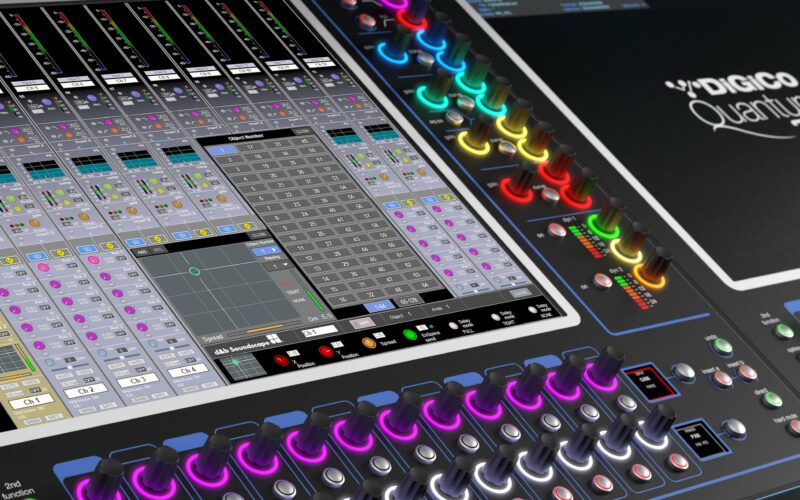
So I figured it would have enough volume to make the PR 30 provide enough audio. I did a quick wiring just to see what would happen. The PR 30 had a very noticeable hum and sounded very tinny on my 746PRO. The 746PRO has a much higher gain audio amp than my older 706MKIIG has, as does most newer radios today. One day I decided to bypass the W2IHY EQ device, and connect the old Heil PR 30 directly to my 746PRO. It just wasn’t as clean and natural as it was on the old 706MKIIG. It got better, but they said it still lacked something. I still got compliments, but my local friends said it was not as crisp and clean as it was from the 706MKIIG. Then I bought my new Icom 746PRO and instantly moved the W2IHY EQ to that radio. I got lots of big compliments on my clean strong audio on HF SSB. So I got the W2IHY 8 Band EQ and ran my former Heil PR 30 through it into the 706MKIIG.

And the 706 did not have any mic tone settings. But the audio levels were far too low for any dynamic element like most studio mics have. But that radio had a low gain audio amp that was great with an electret condensor mic element. I had a W2IHY 8-Band EQ and it worked great on my old Icom 706MKIIG.
Top radio sound board companies plus#
And the most popular one on the market is the W2IHY 8 Band EQ and EQ Plus units.

MFJ makes an audio device they call an audio conditioner, but it’s just another EQ. But most of all, let’s use some basic common sense. Back when it was a matter of pride to have good clean natural sounding audio from our nice expensive ham radios.

Are they really helping your audio, do they just fill a hidden fantasy of having that big comercial radio announcers deep bassy voice? Or are they just there to try and impress others? Let’s go back to the days when we got sick of crappy CB audio and strived for something much better. Reading that article first may clarify some of the statements made here in this article.Ī lot of hams spend big money on these devices, and I do mean big money. This article is actually a second part to another article called “Microphone Frequency Response” which should be read first to fully understand the audio that radios and microphones are capable of. I want to get into this subject because it is important to good audio practice.


 0 kommentar(er)
0 kommentar(er)
